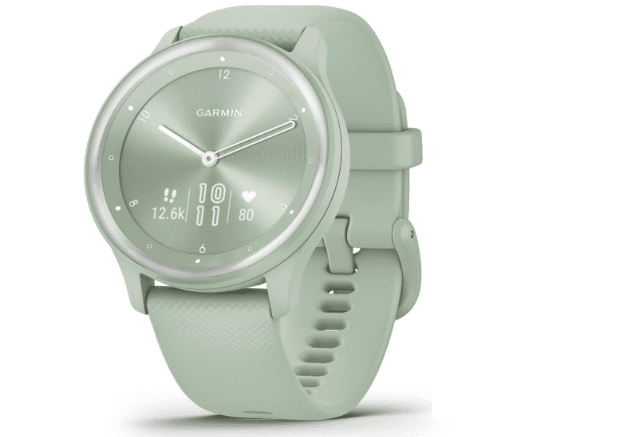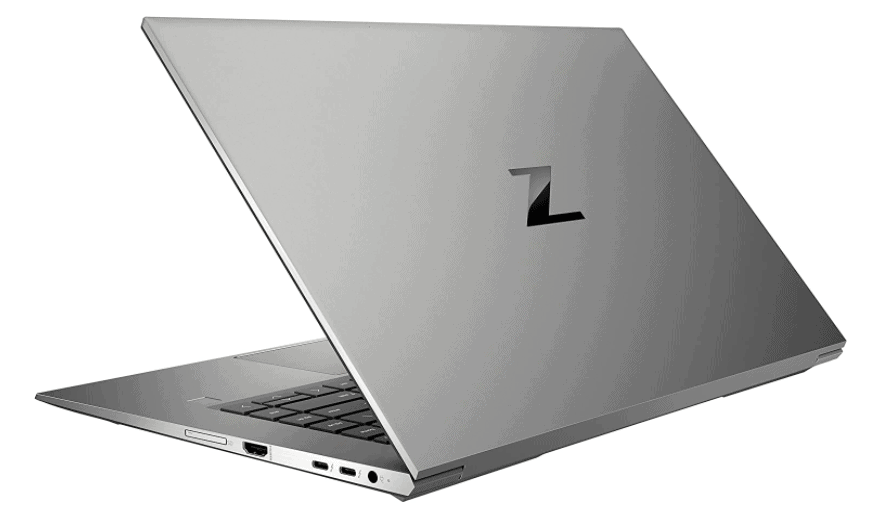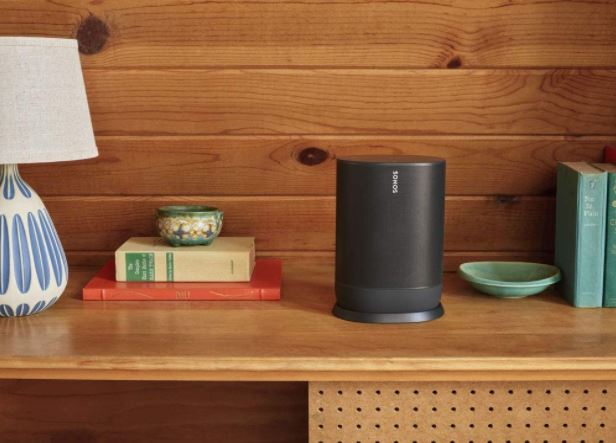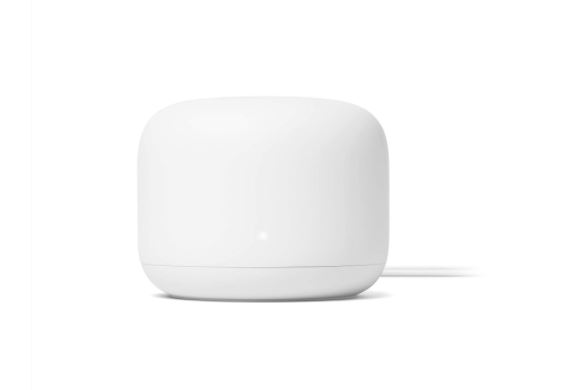GoPro Hero 8 Black: The Hero 7 Black is one of the most anticipated releases in recent years. It debuted HyperSmooth, a type of electronic image stabilization (EIS) so good that it eliminated the need for a gimbal — even on the most difficult trail runs or rides. It was a truly useful advancement that raised the bar for EIS and action cameras in general. It also begged the question, “Where could GoPro possibly go from here?”
The $400 Hero 8 Black is the answer, with the first physical redesign since 2016’s Hero5 Black and an integrated mount — yes, you can ditch the mounting frame. It’s also compatible with Mods, a new line of accessories that turn the camera into a powerful vlogging and storytelling tool. Then there’s HyperSmooth 2.0, which supports all frame rates and resolutions. It’s another step forward for EIS when combined with optional horizon leveling.
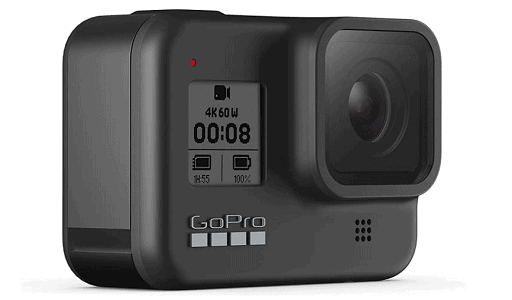
Although it has only been a year, the Hero 8 Black compares favorably to the Hero 7 Black thanks to these and many other new features. More importantly, GoPro’s latest flagship demonstrates that the company that pioneered the action camera craze still has what it takes to compete — and win — against the likes of DJI, Yi, and the plethora of other competitors that have emerged in its wake.
You may also like DJI Osmo Action: 4K Action Cam 12MP Digital Camera
GoPro Hero 8 design
The new design appears to be largely the same, but it conceals a significant functional improvement. Two tabs fold out from the bottom of the camera, recessed and hidden from view, to form the traditional GoPro mounting hardware. Previously, you had to put the camera in a case or frame before you could use it with a mount.
While this has caused the product’s size to swell slightly when compared to a naked Hero7, it is actually smaller than a Hero 7 with a frame. And, because a GoPro is almost always attached to something, whether it’s a helmet or a selfie stick, the Hero 8 has a slight size advantage over previous models.
This also adds the convenience of being able to access the memory card and battery without first removing a frame. You don’t even have to remove the camera from whatever it’s attached to swap the battery or card, thanks to the new side door. These minor enhancements contribute significantly to the overall user experience.
The lens remains unchanged, but it is now protected by a thicker and twice as hard protective glass. Despite this, it protrudes less from the body, making the camera overall slimmer. As a result, the glass can no longer be removed or replaced, necessitating the use of a separate frame if filters are to be used.
The touch interface has also been improved to make it easier to use, with a new presets menu that lets you quickly access different modes for different situations. In addition to the default modes, you can save and label up to ten of your own custom presets for different activities or shooting styles. Four programmable on-screen buttons also provide quick access to settings such as stabilization, zoom, exposure compensation, white balance, and more.
GoPro already had the best-in-class touch interface, and I’m pleased to see that the Hero 8 has improved on it. Because of the limited screen of real estate, you’ll occasionally press the wrong button, but otherwise, using this camera is a breeze.
What I’m not crazy about is the LCD screen. It’s the same basic unit that’s been around since the Hero5, and it’s clearly showing its age. It is too small and has the incorrect aspect ratio for video. The large 16:9 screen introduced by the DJI Osmo Action was undeniably superior to GoPro, and I would have expected GoPro to compete with that on the Hero 8. (I don’t mind that GoPro didn’t copy DJI’s front-facing screen because it came up with a better solution, which I’ll discuss below.)
Nonetheless, the Hero 8 Black establishes a new standard for action camera design that will most likely stand the test of time.
You may also like GoPro Hero 11 Black Action Camera
TimeWarp 2.0 and HyperSmooth 2.0
Just as HyperSmooth was the reason you wanted to buy a GoPro Hero7 Black, HyperSmooth 2.0 will make you want to buy a GoPro Hero 8 Black. It improves stabilization performance without changing the crop amount (which is 10%). If you don’t mind a larger crop, you can boost the stabilization even more with the new Boost mode, which GoPro claims is ideal for follow-cam filming.
I didn’t find it necessary. The Hero 8 handled everything I threw at it, from a mountain roller coaster to a trail run, with ease. Never before has it been so simple to achieve professional-level results with so little effort. In short, your videos will finally resemble GoPro’s official promotional videos.
Horizon leveling also contributes to the advancement of stabilization. This is a feature taken from the GoPro Fusion 360 camera, but it’s unusual to see on a non-360 camera. It is not enabled by default, but you can enable it through the GoPro mobile app. Of course, the Hero 8 has a limited field of view to work with, so extreme horizon leveling will result in a noticeable crop to the footage. This was never an issue for me in practice and using horizon leveling often resulted in a more polished shot. It comes in handy when mounting or holding the camera perfectly level isn’t possible.
But my personal favorite new feature is TimeWarp 2.0, which is more about fun than the utility. It creates a stabilized motion time-lapse video — or hyperlapse — that looks almost impossible to playback, similar to the TimeWarp mode introduced on the Hero7 Black.
Version 2.0 includes a few new tricks. First, it calculates the time-lapse speed automatically based on the amount of camera motion. Second, you can slow down to real-time by tapping an on-screen button, then speed up to hyperlapse with another tap. Although it may appear simple, this is a feature that is sorely lacking in most hyperlapse modes and apps. It enables you to draw attention to important objects or moments or to build up a dramatic ending to your journey. It’s also great fun to play with.
LiveBurst is another new feature that buffers frames before pressing the shutter button and then saves 1.5 seconds of footage captured before and after pressing it. You can then save a single frame or the entire 3-second clip as a video, just like with Apple’s Live Photos. Personally, I didn’t find this particularly useful, but some people will value the option.
GoPro’s SuperPhoto mode for standard photos has been improved for better HDR (high dynamic range) processing. Ghosting should now be significantly reduced, if not eliminated entirely when photographing moving subjects. I didn’t put this feature to the test very hard, but the still photos I did take in SuperPhoto mode turned out very nice, and the ultra-wide lens certainly creates a unique look that you won’t find on a phone.
You may also like DJI Mini 3 Pro Review: Lightweight and Foldable Camera Drone
GoPro Hero 8 features
Some of the more intriguing new features of the Hero 8 Black are found in the Mods rather than the camera itself. So far, GoPro has announced three — the Media Mod, Display Mod, and Light Mod — all of which are designed to meet the needs of GoPro’s less action-sports-focused creators (like vloggers).
Since the publication of this review, I’ve had the opportunity to test out the Light Mod, albeit without the required Media Mod for attaching it to the GoPro itself. However, part of the Light Mod’s value is in its ability to be used off camera, either for lighting your subject from a different angle or simply as a flashlight. The small LED light has three brightness settings, the brightest of which is mind-boggling. It also has a strobe mode, making it suitable for use as a bike light. A diffuser is also included, which helps to soften the light, but with such a small light source, you’ll still get harsh shadows.
The key feature of the Media Mod is a built-in shotgun microphone, but it also has a 3.5mm jack for connecting external microphones and two cold shoes for attaching accessories. HDMI and USB-C ports provide video and data output.
The Display Mod looks like an old LCD BacPac from the HD Hero era. It adds a screen to the back of the camera, but it flips up to become a selfie camera. It’s much larger than the DJI Osmo Action’s built-in front screen, and it’s also powered by its own battery, so it won’t put additional strain on the camera. We are excited to test out the additional Mods and will update this section of the review as soon as we do.
CamRojud may earn a certain commission on products purchased via our links, which supports our effort on this content.
Would you like to read more about GoPro Hero 8 -related articles? If so, we invite you to take a look at our other tech topics before you leave!







